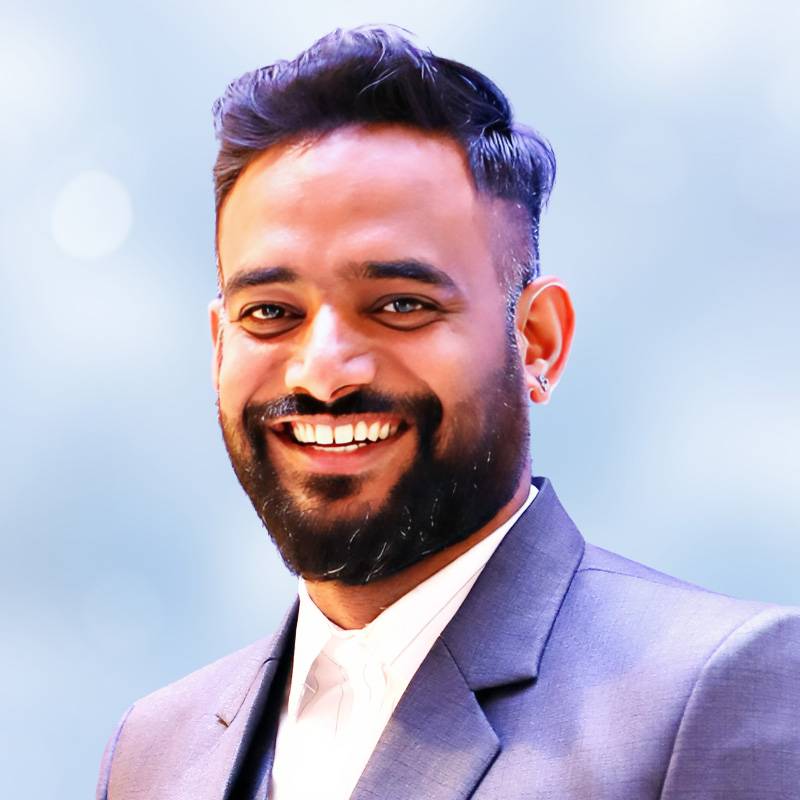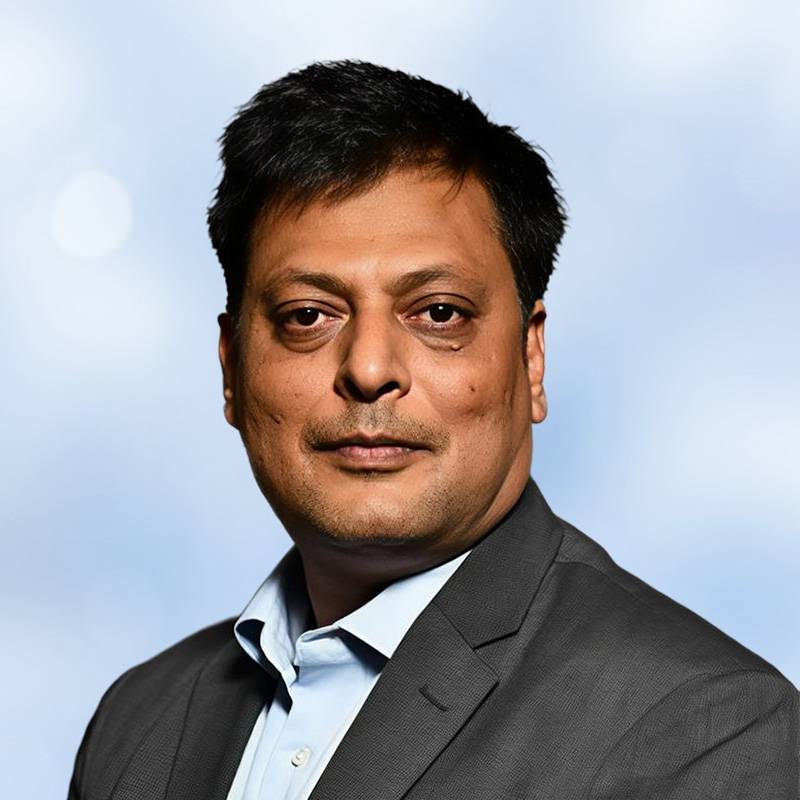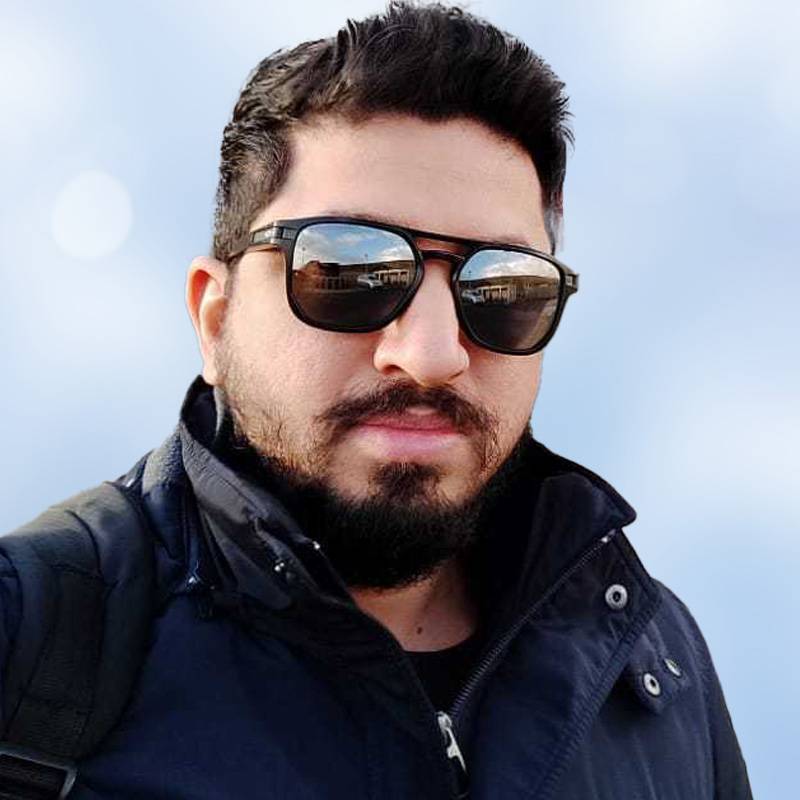
PREVENTION IS BETTER THAN CURE:
Why CTEM Matters in an AI-Driven Security World
Thursday, November 13 | 6:30 PM - 9:30 PM | The Leela Ambience, Delhi
Event Overview
In today’s artificial intelligence-driven security landscape, the velocity and sophistication of cyberthreats demand both rapid detection and strategic prevention. AI is reshaping how security teams identify, analyse and respond to incidents, enabling faster triage and sharper insights. But AI alone cannot defend what remains unseen. Without end-to-end visibility into vulnerabilities, misconfigurations and external exposures, organisations, including critical Public Sector Undertakings (PSUs), risk fighting every battle from a position of weakness.
Continuous Threat Exposure Management (CTEM) provides the much-needed bridge between visibility and action. By continuously identifying, evaluating and prioritising risks most likely to be exploited, CTEM shifts the focus from reactive firefighting to proactive resilience. For PSUs and enterprises alike, this proactive approach is crucial to safeguarding sensitive infrastructure, national assets and citizen data from adversaries.
This session will highlight how Rapid7’s platform integrates vulnerability, application, cloud and attack surface insights into a single, risk-based remediation workflow. Attendees will discover how pairing AI-driven detection with CTEM’s pre-emptive exposure management fosters a more resilient, layered defence posture. With CTEM embedded into daily operations, security teams can reduce attack surfaces, protect high-value systems, including critical PSU infrastructures, and maintain a state of constant readiness. When threats do arise, they’ll be tackling them from a position of strength, not scrambling to keep up.
Discussion Points:
How AI sharpens detection and triage but still depends on accurate exposure visibility;
CTEM’s role in reducing exploitable risks across both enterprise and PSU environments;
Unifying vulnerabilities, applications, cloud and attack surface data for faster remediation;
Balancing AI-powered response with proactive exposure management to prevent breaches;
Practical approaches to embedding CTEM into workflows without overwhelming security teams.
Request to Attend
Our Speakers

Prajeet Nair
Senior Associate Editor – APAC
ISMG

Sumit Bhartiya
Director, India
Rapid7

Vinayak Shrivaishnav
Security Solutions Engineering Manager, India & SAARC
Rapid7
Agenda
6:30 PM - 7:00 PM
Registration & Networking
7:00 PM - 7:05 PM
Opening Remarks & Welcome Note by ISMG Moderator
Prajeet Nair, Senior Associate Editor – APAC, ISMG
7:05 PM - 7:20 PM
Keynote: A look at the evolving cybersecurity landscape, key industry trends, and Rapid7’s vision for the future of cybersecurity.
Sumit Bhartiya, Director, India, Rapid7
7:20 PM - 8:10 PM
2025 Threat Predictions: Prevention is Better than Cure: Why CTEM Matters in an AI-Driven Security World
Vinayak Shrivaishnav, Security Solutions Engineering Manager, India & SAARC, Rapid7
8:10 PM - 8:50 PM
Panel Discussion: Redundant or Reimagined? The Evolving Role of Humans in the Age of the AI SOC
Prajeet Nair, Senior Associate Editor – APAC, ISMG (Moderator)
Sumit Bhartiya, Director, India, Rapid7
Alok Shankar Pandey, Group GM (IT) & CISO, Dedicated Freight Corridor Corporation of India
Saurabh Singh, Global Cyber Security Practice Head and DGM, HCLTech
Industry Thought Leaders
As machine learning models and automation take on more tasks, the human analyst role is being redefined – from performing routine alert triage to making high-stakes strategic decisions.
This panel will explore whether the human analyst in the AI SOC is destined to be redundant or reimagined and how teams can best harness both machine precision and human intuition.
Industry experts will discuss the critical skills analysts need in the SOC of the future, the fine balance between automated detection and human investigation, and the ongoing debate between best-of-suite and best-of-breed solutions in an AI-enhanced security stack.
Discussion Points:
Skills for future security operations: Transitioning from reactive to proactive threat hunting; cross-disciplinary expertise in threat intelligence, cloud security and AI literacy; analytical reasoning, ethical judgement and contextual decision-making;
Automation decision criteria: Determining thresholds based on accuracy, confidence scores and impact; building trust in AI outputs whilst managing automation bias; ensuring explainability and auditability of AI-driven tasks;
Platform integration strategies: Weighing integrated platform efficiency against specialised tool depth; managing vendor lock-in risks versus interoperability advantages; selecting the right tooling mix;
Human-AI collaboration: Balancing automated detection with human investigation; communication across security, IT and business teams; case studies of successful AI-human partnerships;
Why CTEM matters for PSUs: With CTEM embedded into daily operations, security teams can reduce attack surfaces, protect high-value systems including critical PSU infrastructures and maintain a state of constant readiness.
8:50 PM - 9:00 PM
Closing Remarks
Sumit Bhartiya, Director, India, Rapid7
9:00 PM Onwards
Networking Dinner & Cocktail Reception
